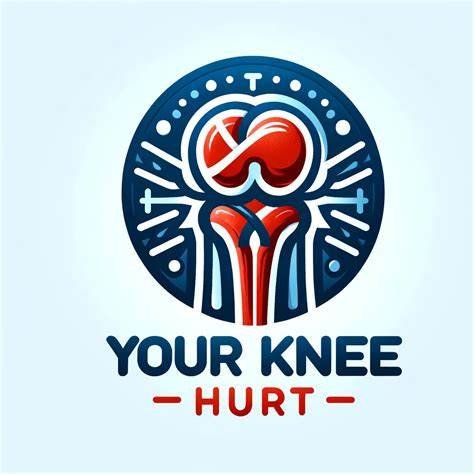Knee pain is a common issue that can occur for a variety of reasons, such as injury, overuse, or medical conditions like arthritis. The pain can affect anyone, from athletes to older adults. It may be localized or widespread, depending on the underlying cause.

- Osteoarthritis: This is the most common cause of knee pain in older adults. It occurs when the cartilage that cushions the knee joint wears down over time, leading to pain, swelling, and stiffness.
- Injuries:
- Ligament Injuries (e.g., ACL, MCL tears): These injuries are often caused by sudden twisting movements or direct trauma.
- Meniscus Tear: The meniscus is cartilage that acts as a shock absorber in the knee. Tears often occur due to sudden movements or aging.
- Patellar Tendonitis: Inflammation of the tendon connecting the kneecap to the shinbone, usually caused by overuse (often seen in athletes).
- Bursitis: Inflammation of the small fluid-filled sacs (bursae) that cushion the knee joint, often caused by repetitive motion or prolonged kneeling.
- Rheumatoid Arthritis: An autoimmune condition that causes the body to attack the joints, including the knees, leading to pain, swelling, and stiffness.
- Patellofemoral Pain Syndrome (Runner’s Knee): Pain around or behind the kneecap, usually caused by misalignment or overuse of the knee.
- Tendonitis: Inflammation of the tendons around the knee can result from overuse or repetitive motion.
At-Home Treatments for Knee Pain:
- Rest: Avoid activities that put stress on the knee, such as running, jumping, or squatting, especially if the pain is due to injury or overuse.
- Ice: Apply ice to the knee for 15-20 minutes several times a day to reduce swelling and inflammation. Use a cold pack or a cloth-wrapped bag of frozen peas.
- Compression: Use an elastic bandage or knee brace to provide support and help reduce swelling. Make sure it’s not too tight to avoid restricting circulation.
- Elevation: When resting, elevate the knee above the level of your heart to help reduce swelling.
- Over-the-Counter Pain Relief:
- NSAIDs (Nonsteroidal anti-inflammatory drugs) like ibuprofen can help reduce pain and inflammation. Always follow the recommended dosage and consult a healthcare professional if needed.
- Stretching and Strengthening: After the initial acute pain subsides, gentle stretching and strengthening exercises can help improve knee function and prevent future injuries. Focus on strengthening the quadriceps, hamstrings, and calf muscles.
- Acupressure for Knee Pain:
- ST36 (Zusanli): This acupoint, located below the knee, can help relieve knee pain and improve circulation. Gently apply pressure for 30-60 seconds.
- SP9 (Yinlingquan): Located on the inner side of the knee, this point can also aid in relieving knee discomfort.
- Hot and Cold Therapy: For chronic knee pain, alternating between hot and cold therapy can help alleviate discomfort and reduce inflammation. Cold can reduce swelling, while heat may improve blood flow and relax muscles.
When to Seek Medical Help:
If your knee pain is severe, persistent, or associated with the following symptoms, it’s important to see a doctor:
- Inability to move the knee or bear weight
- Significant swelling or bruising
- A popping or grinding sound when moving the knee
- Deformity of the knee joint
- Fever or warmth around the knee (which could indicate infection)
- Pain that does not improve with rest and basic care
Medical Treatment Options:
- Physical Therapy: A physical therapist can help with tailored exercises to strengthen muscles around the knee, improve flexibility, and reduce pain.
- Corticosteroid Injections: For inflammation-related pain, corticosteroid injections can provide temporary relief and reduce swelling.
- Hyaluronic Acid Injections: These injections can lubricate the knee joint and reduce friction, especially in cases of osteoarthritis.
- Surgical Options: In severe cases, surgery may be necessary, such as:
- Arthroscopy: A minimally invasive procedure to repair or remove damaged tissue.
- Knee Replacement: In cases of advanced arthritis, a partial or total knee replacement may be recommended.
Prevention:
- Maintain a Healthy Weight: Extra weight puts additional stress on the knees.
- Stay Active: Regular low-impact exercise like swimming or cycling can keep the knee joint healthy.
- Wear Proper Footwear: Supportive shoes can help prevent misalignment and strain on the knees.
- Use Proper Technique: Whether lifting, exercising, or playing sports, using proper technique can prevent strain on the knee joint.
If knee pain persists despite at-home care or if you suspect an injury, consult with a healthcare professional for an accurate diagnosis and treatment plan tailored to your specific condition.
